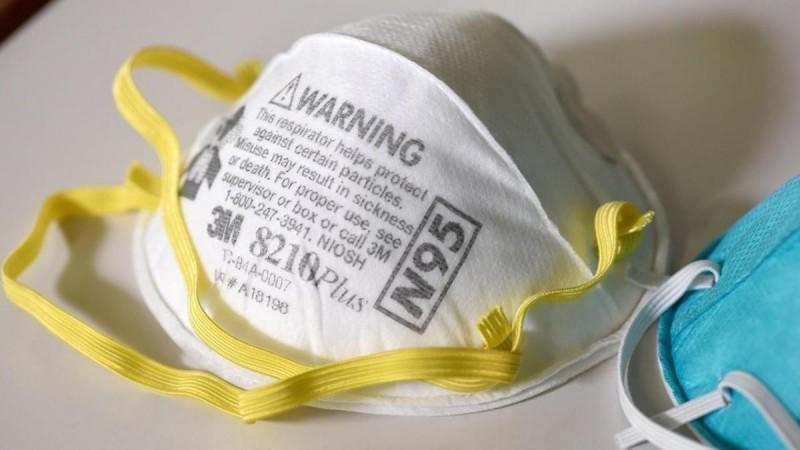With the burgeoning number of cases testing positive for the novel coronavirus, the risk and threat the pandemic poses is severely terrifying. The only possible way at present, to prevent one infected by the deadly contagious virus is through covering his face (nose and mouth) with a good mask. In addition to this, people are also urged to maintain personal hygiene by cleaning their hands regularly with an alcohol-based sanitiser, or soap.

Homemade masks in markets
To combat the shortage of masks (N95 being the most referred), different kinds of masks made of other types of materials are now available in stores. Also, most of the households and small scale productions have come up with their own masks manufactured, helping to keep up the stocks in markets.
Since these masks are also effective in preventing the viral infection, buyers are now befuddled in choosing the most befitting type of material for their mask.
Different materials used in mask
Masks with tissue paper, kitchen towels, cotton clothing fabrics, pillowcases, flannel pyjamas and origami vacuum bags are all candidates.
In recent tests, even vacuum cleaner bags proved the best for the purpose, just like the layers of 600-count pillowcases and fabric similar to flannel pyjamas! But the scarves, that most Indians use to cover their face has become the least scorers; so do the bandanna material.

Following the vacuum cleaner bag material comes the the dish cloth (tea towel, that prevents 83% of external particles), the cotton blend shirt fabric (74%), and the 100% cotton shirt or tee (69%).
How small is the coronavirus?
The coronavirus is just 0.1 microns large! Now is this a size for your masks to worry of? Are the homemade masks potential enough to build the wall around your nose and mouth?
On average, a study reports, homemade masks captured 7% fewer virus particles than the larger bacteria particles. However, all of the homemade materials managed to capture 50% of virus particles or more (with the exception of the scarf at 49%).
How to test the material's efficiency?
A very simple way to test your material's efficiency is by holding it up to a bright light! Just that!

According to Dr. Scott Segal, chairman of anesthesiology at Wake Forest Baptist Health who recently studied on homemade masks, "If light passes really easily through the fibers and you can almost see the fibers, it's not a good fabric. If it's a denser weave of thicker material and light doesn't pass through it as much, that's the material you want to use."
Not all need the N95 masks
Although the degree of filtration for the homemade masks are low compared to the ones made in factories, for the people abiding by the lockdown measures, sitting cozy in their room couches, the high levels of protection the N95 would guarantee, apparently seems unnecessary.
The N95 respirator masks filter out at least 95 percent of particles as small as 0.3 microns and the typical surgical mask of pleated fabric has a filtration efficiency ranging from 60 to 80 percent.

So the best choices for your DIY masks can be of cotton t-shirts, pillowcases, or other cotton materials that eases breathability. Time for your contributions now!











